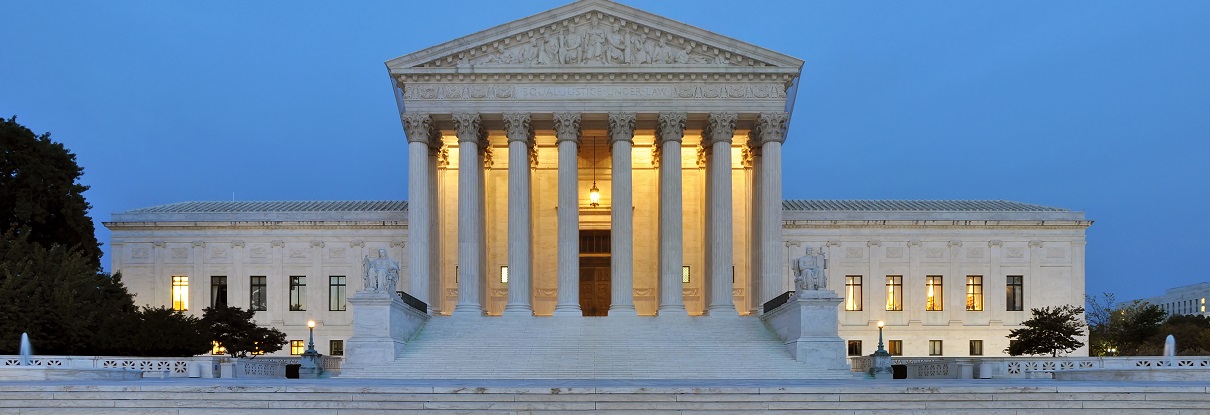In a landmark privacy ruling today, the United States Supreme Court held that law enforcement must obtain a warrant under the Fourth Amendment of the Constitution to access users’ historical cell phone location data held by telcos. The decision will bring the U.S. government’s interpretation of privacy closer to its human rights obligation and establishes an opportunity to further challenge over-broad U.S. surveillance practices.
The location data at issue in Carpenter provided the government “near perfect surveillance.” Law enforcement had access to nearly 13,000 location points generated by a user’s phone over 127 days, ubiquitous tracking enabled by the “seismic shift” in digital technology. Human rights law requires that government agents meet certain standards prior to surveillance, including surveillance of so-called public information when it hits the point where it reveals private data.
“This ruling is a vital win for human rights. The Supreme Court has recognized that our digital devices, and the data they generate, are deeply ingrained into our lives. Agencies and officials across the United States must now respond by evaluating their surveillance programs and implementing new privacy protections,” said Amie Stepanovich, U.S. Policy Manager at Access Now.
According to the Court, users have an expectation of privacy in widely collected location and movement data, which is highly sensitive and for which users have no real ability to opt-out. The holding shows a limit to long-established jurisprudence that removed important protections for company “business records,” what has become known as the “third party doctrine.”
“The Carpenter ruling will expand users’ privacy protections at a critical time — as U.S. political leaders disregard and even undermine global human rights, SCOTUS has provided a too-rare victory for users,” said Drew Mitnick, Policy Counsel at Access Now.
Today’s ruling opens the door for additional challenges to pervasive surveillance methods. While courts can be slow to address new technology, the right to privacy is increasingly threatened by the surveillance of data that use of this technology has enabled. It is now incumbent on human rights advocates to ensure that this important decision will help to restore user rights regarding other types of information and put meaningful limits on the golden age of surveillance.
***
For background on the case, see: Will Carpenter vs. U.S. build a new framework for privacy in the digital era?
